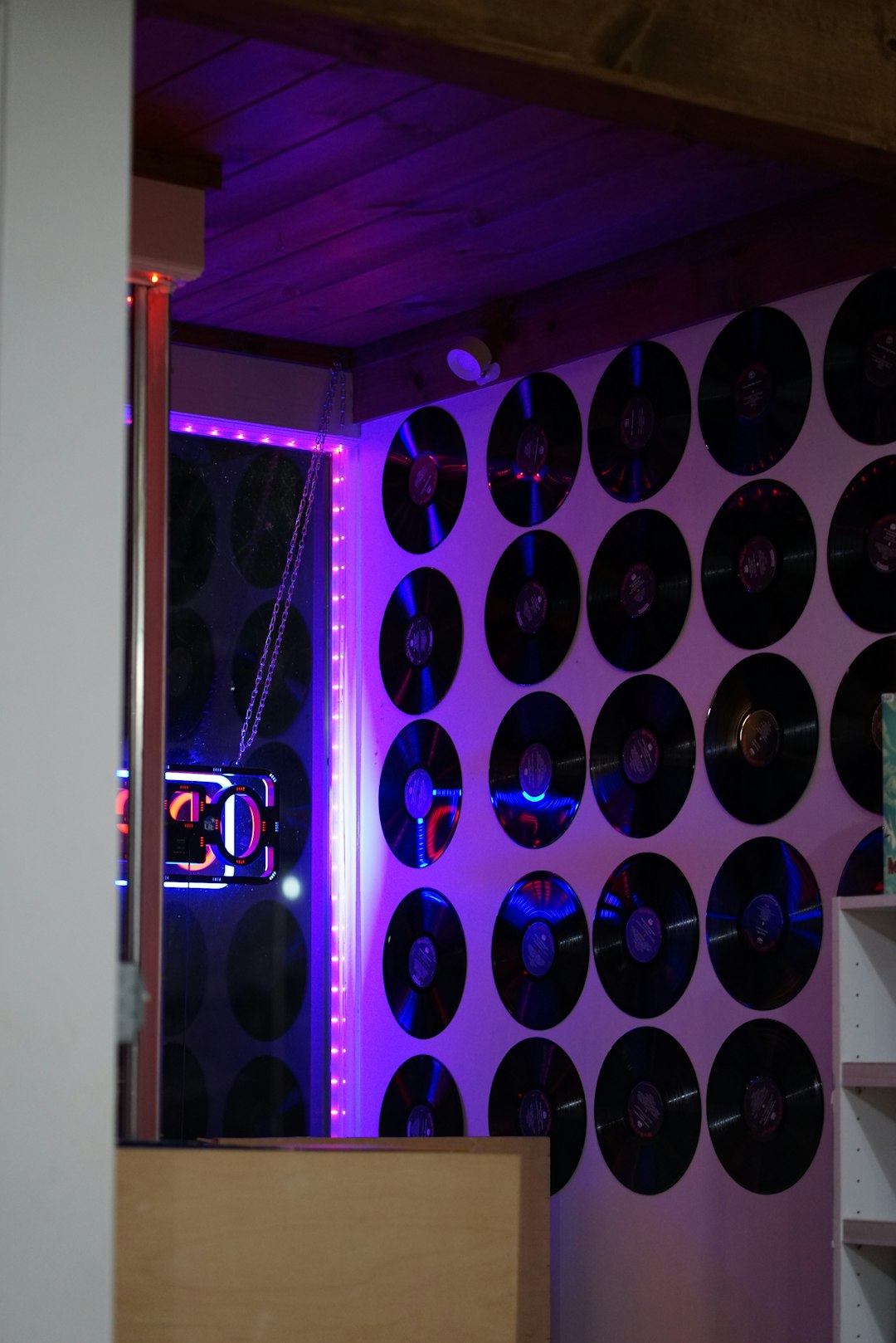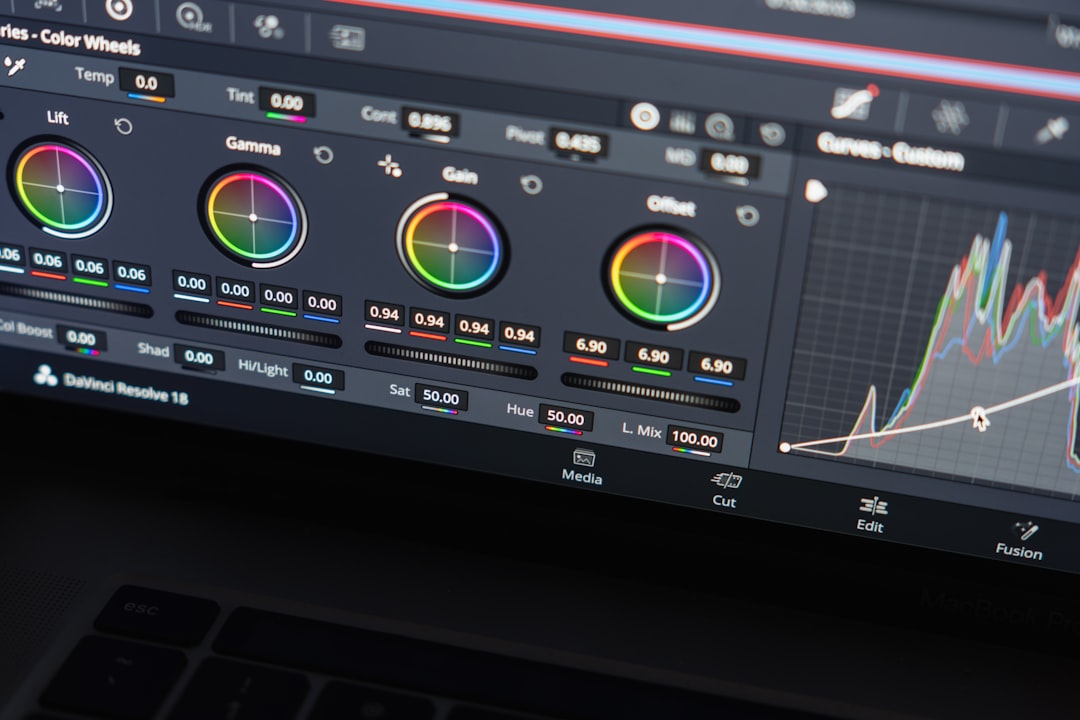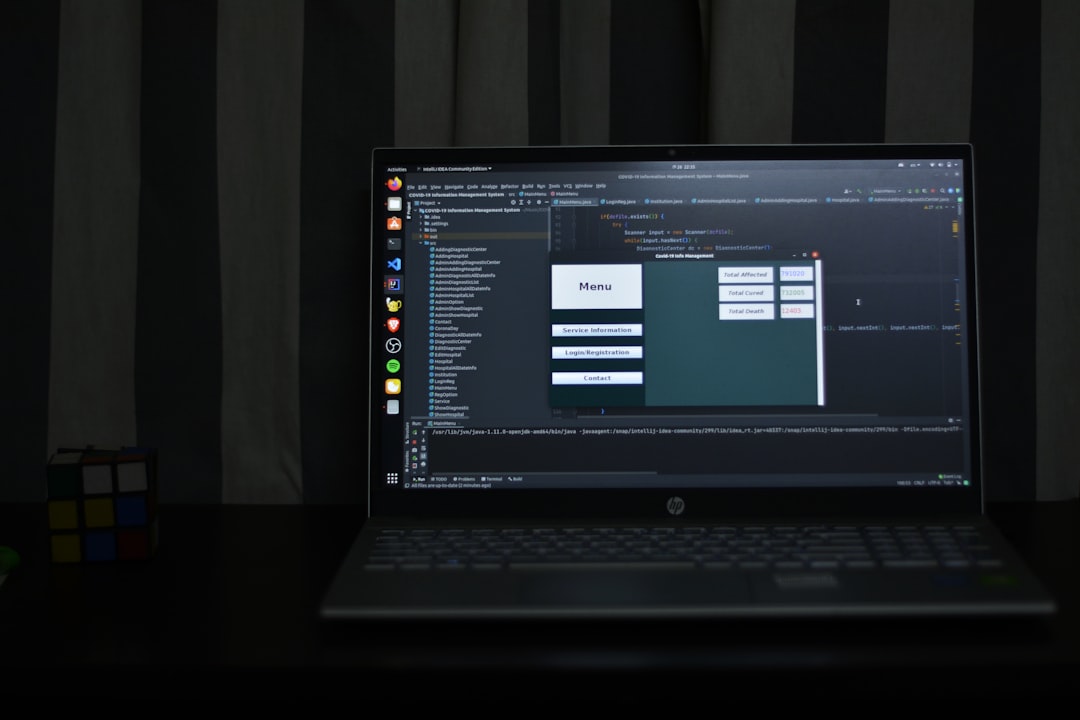When it comes to setting up sound for performances, events, or parties, understanding the right kind of speaker system to use is crucial. Two terms you’ll frequently hear are DJ speakers and PA (Public Address) systems. Although they may appear similar, they are built with different intentions and capabilities. This article dives into the distinctions between DJ speakers and PA systems, helping you decide which setup suits your needs best.
What Are DJ Speakers?
DJ speakers are specifically designed for disc jockeys and electronic music performers. These speakers are engineered to reproduce high-impact, bass-heavy sound that keeps people on their feet dancing. DJs often play a continuous stream of music at high volumes, making clarity, punch, and bass response essential traits in their sound systems.
These speakers are often used in clubs, music festivals, mobile DJ setups, and at private parties. A good DJ speaker is rugged, portable, powerful, and capable of handling long hours of play without degrading audio fidelity.

Key Features of DJ Speakers:
- Enhanced Bass Response: Designed to emphasize kick drums and basslines.
- Durability: Built for travel and long set times without overheating or power issues.
- Portability: Compact and lightweight enough for quick setups and relocation.
- High SPL (Sound Pressure Level): Can deliver a lot of volume without distortion.
What Are PA Systems?
PA systems, short for Public Address systems, are designed to project speech and music clearly over long distances or across large venues. These systems are widely used in conferences, concerts, houses of worship, and public speaking events. The primary goal of a PA system is audio clarity and coverage.
Unlike DJ speakers, PA systems often include multiple components such as microphones, mixers, amplifiers, and loudspeakers. They may be stationary in permanent installs or portable for mobile operations.
Key Features of PA Systems:
- Wide Frequency Range: Balanced output for speech and multiple music genres.
- Multiple Input Options: Ability to connect microphones, instruments, and playback devices.
- Modularity: Expandable setups including monitors, subwoofers, and line arrays.
- Voice Clarity: Designed to produce natural and intelligible vocals.
Main Differences Between DJ Speakers and PA Systems
While both systems are used to amplify sound, their design intentions and practical uses differ. Below is a breakdown of major differences between DJ speakers and PA systems:
| Feature | DJ Speakers | PA Systems |
|---|---|---|
| Primary Use | Live DJing with electronic music, parties, dance floors | Public speaking, live bands, business/events |
| Sound Profile | Bass-heavy, high SPL | Balanced sound, vocal clarity |
| Components | Standalone powered speakers, often with built-in mixers | Full systems with separate mixer, amp, speakers, and mics |
| Portability | Built for mobile setups | Can be portable but often larger and more complex |
Which Should You Choose?
The best choice depends on your specific audio needs. Here’s a breakdown based on different user scenarios:
Scenario 1: Hosting a Dance Party
If you’re hosting a party where dancing and upbeat music are central, DJ speakers are the way to go. Their powerful woofers and strong bass response complement party music, ensuring that every beat hits hard. Also, their plug-and-play portability makes setup a breeze.
Scenario 2: Corporate Event or Conference
When it comes to lectures, presentations, or background music environments, a PA system is ideal. It offers crystal-clear vocal projection so that every attendee can hear the speaker, regardless of where they are seated. Additional inputs also allow multiple presenters and multimedia integration.
Scenario 3: Live Band Performance
For musicians or small bands, a PA system is more appropriate. It allows each instrument and vocalist to be mic’d or directly inputted through a mixer for balanced sound reproduction. This makes it possible to control levels and create a high-quality composite mix.

Cross-Functionality: Can They Be Interchanged?
To some extent, yes—but with limitations. You can use a DJ speaker setup for small public speaking events, just as you might use a PA system to play music at a party. However, performance compromises are likely:
- Using DJ speakers at a speech-focused event may result in boomy or unclear vocals.
- Using PA speakers for a dance party might feel underwhelming due to inadequate bass response.
Some hybrid products aim to fill both needs, offering versatile EQ settings that let users switch between “speech” and “music” modes. But specialists understand that no gear beats the performance of equipment built specifically for a single purpose.
Things to Consider When Shopping for Speakers
Whether you opt for DJ speakers or a PA system, there are several specifications and features you should pay attention to before making a purchase:
- Wattage and Power Output: More watts generally mean more volume, but be aware of RMS vs peak ratings.
- Frequency Response: This tells you how well the speaker reproduces lows, mids, and highs.
- Connectivity: Do you need Bluetooth, XLR, TRS, or RCA inputs for your devices?
- Built-in Amplifiers: Powered (active) speakers come with amplifiers, while passive ones require external amps.
- Durability and Build Quality: Especially important for mobile DJs and event companies frequently transporting gear.
Conclusion
In essence, while DJ speakers and PA systems share the same goal of delivering amplified audio, they are fine-tuned for very different applications. The booming, dance-floor shaking sounds favored by DJs contrast with the clean, intelligible audio needed in speaking or musical performance settings.
By understanding your intended use and evaluating the technical differences, you’ll be better equipped to invest in the right sound solution. And whether you’re rocking the crowd or delivering an inspiring talk, having the right equipment ensures that your message—or music—is heard loud and clear.
 dj vs pa system, audio gear comparison, sound equipment[/ai-img>
dj vs pa system, audio gear comparison, sound equipment[/ai-img>
